- Exibir viagem
- Adicionar à lista de metasRemover da lista de metas
- Compartilhar
- 8 de mar. de 2020 17:24
- ⛅ 23 °C
- Altitude: 39 m
 CubaLa HabanaDiez de Octubre23°6’11” N 82°21’35” W
CubaLa HabanaDiez de Octubre23°6’11” N 82°21’35” W
On our Bikes in Havana
 8 de março de 2020, Cuba ⋅ ⛅ 23 °C
8 de março de 2020, Cuba ⋅ ⛅ 23 °C
It's now almost a week since I left Melbourne. The long journey to Cuba took me first to Vancouver, then to Toronto, before arriving in Havana two days ago. Although it has been nice to have some time to explore and soak up the history at the Hotel Nacional, of course the real reason for coming all this way was to ride bicycles. And today that is what we did.
In our previous adventures we have been treated to some pretty large and impressive buses, but I can honestly say that our bus in Cuba is by far the biggest we have ever had. I am not sure if they did not understand the difference between 16 and 60 when they made the bus allocation as I am sure the bus could easily hold the larger number.
The bus is actually so large that all our bikes can easily be accommodated in the huge lower storage compartments. We have now met all the support staff that will be accompanying us for the next 16 days. Apart from the youthful Lee (our main guide), we also have a bus driver (Coco) and a bike mechanic (Titi). The bikes themselves are TREK brand mountain bikes equipped with semi slick tyres.
We began the day at 8 am with an obligatory group photo (or series of photos) in front of the hotel, followed by a short drive in the bus to the place where we would be fitting and testing the bikes. My first impression was very favourable, The bike was relatively light and easy to ride and soon we were snaking our way on the streets of Havana.
It was something of a relief to find that the streets were almost devoid of traffic. Maybe that was because it was not only a Sunday morning, but daylight savings had only just started that morning meaning that many people may have not put their clocks forward and were still happily home in bed.
Although the traffic was light, the wind certainly was not. In fact it was blowing a gale all day. Our cycling route took us along the coastline towards the old part of Havana. This also meant that we were heading into the wind for about 80% of the ride. We hoped that this onslaught would not become a daily feature of the weather here.
The roads were liberally spotted with potholes of various sizes, but were probably in better condition than I had expected. During the course of the morning we stopped at a succession of historically significant locations, while Lee explained their history to us. Because I have a limited capacity to store vast amounts of this type of information, I contented myself with just looking at the buildings, rather than trying to remember all the place names and dates. One theme that did keep repeating is that the history of Cuba and Havana in particular, dates back over 500 years. The city is liberally dotted with ancient buildings that have made it a World Heritage Site.
When our cycling was complete we adjourned for lunch in a cafe which was apparently one of the favourite haunts of Ernest Hemingway who did much of his writing in Cuba. The afternoon was spent in a walking tour of the old city, however the wind was now blowing so hard that it was hard to stand upright.
Tomorrow's ride will take us on a much longer foray into the Cuban countryside.Leia mais





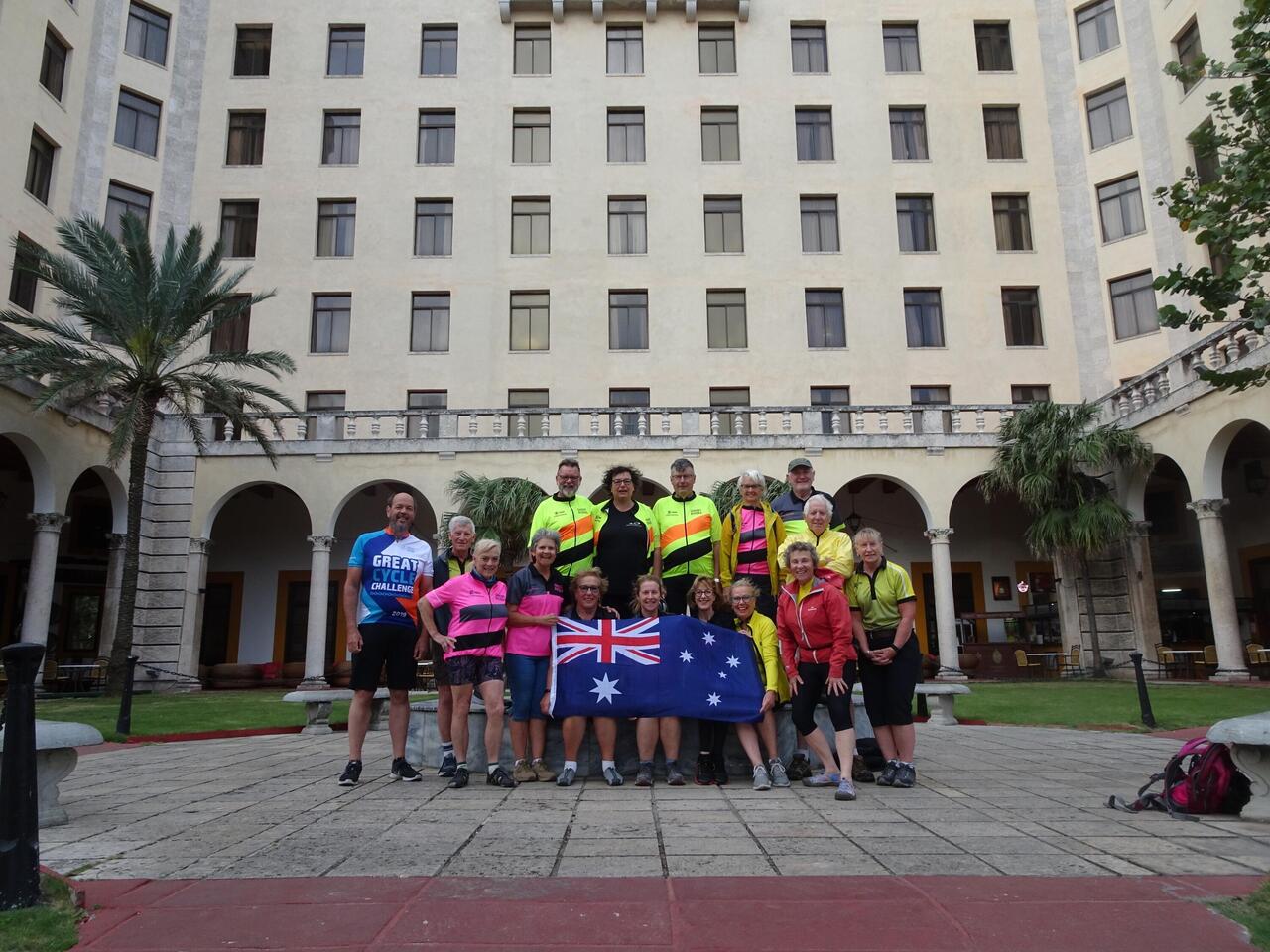
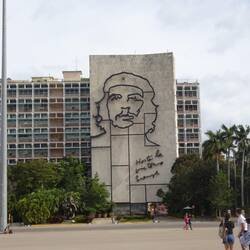
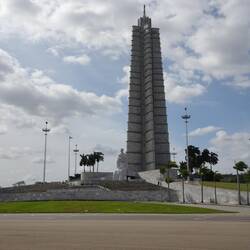


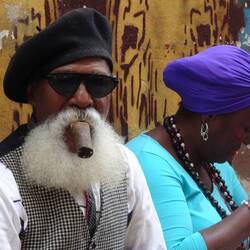































































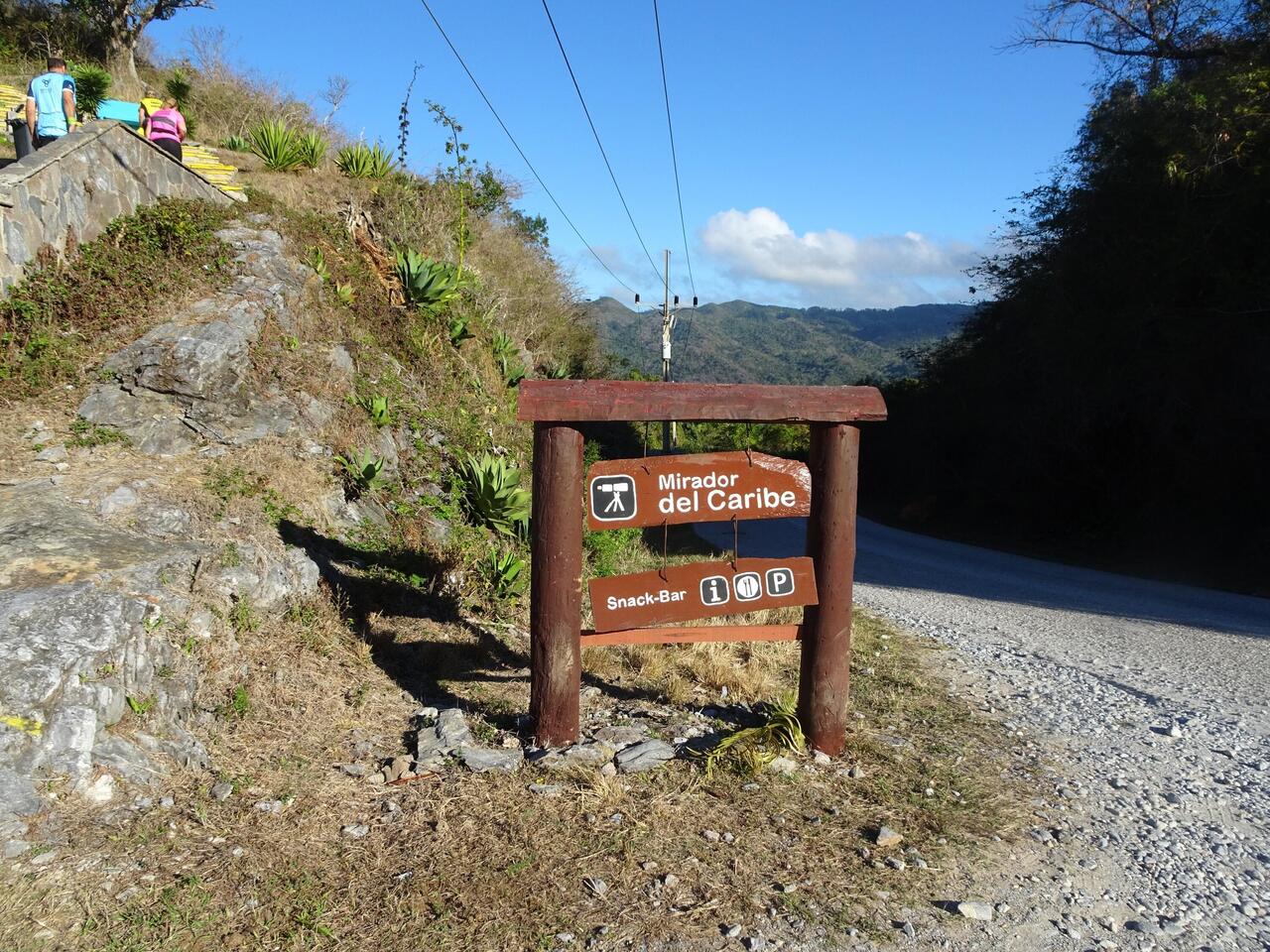
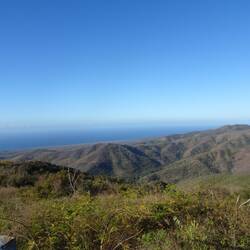
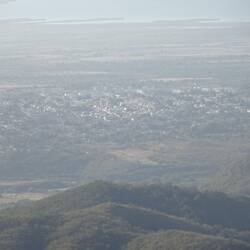
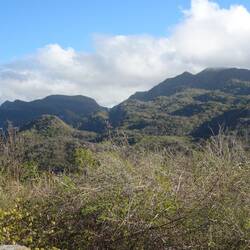
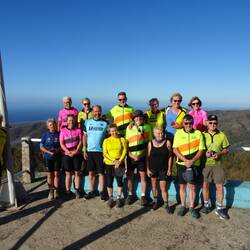
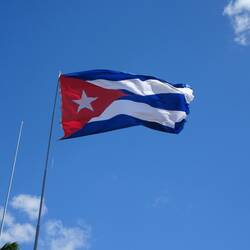




Viajante Lovely pink ladies 😉
Lovely pink ladies 😉
Viajante 🚴♀️
🚴♀️